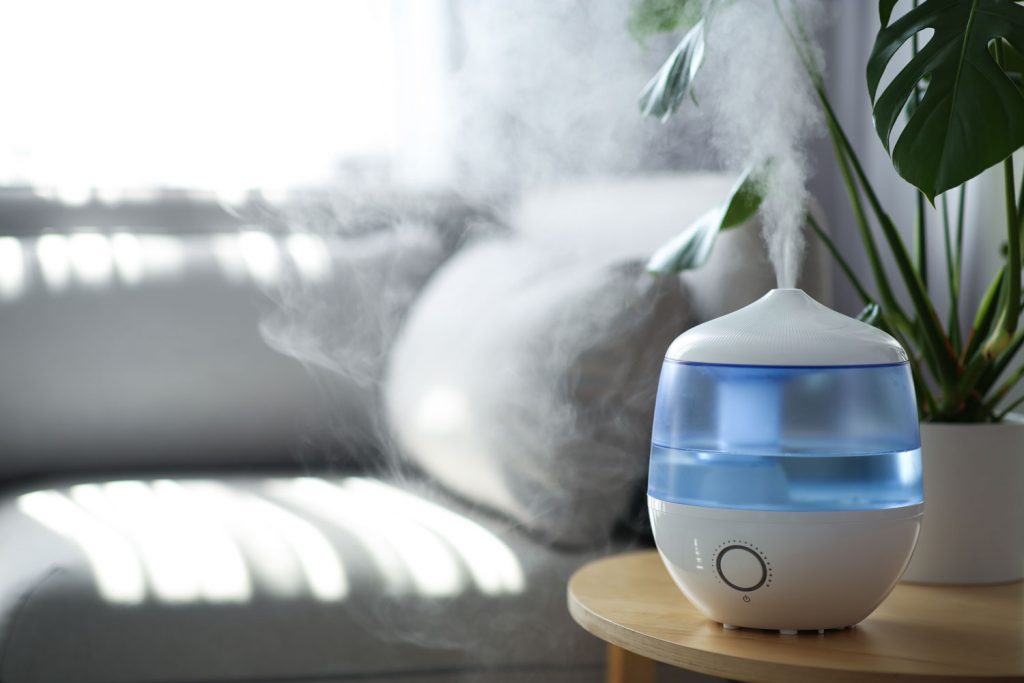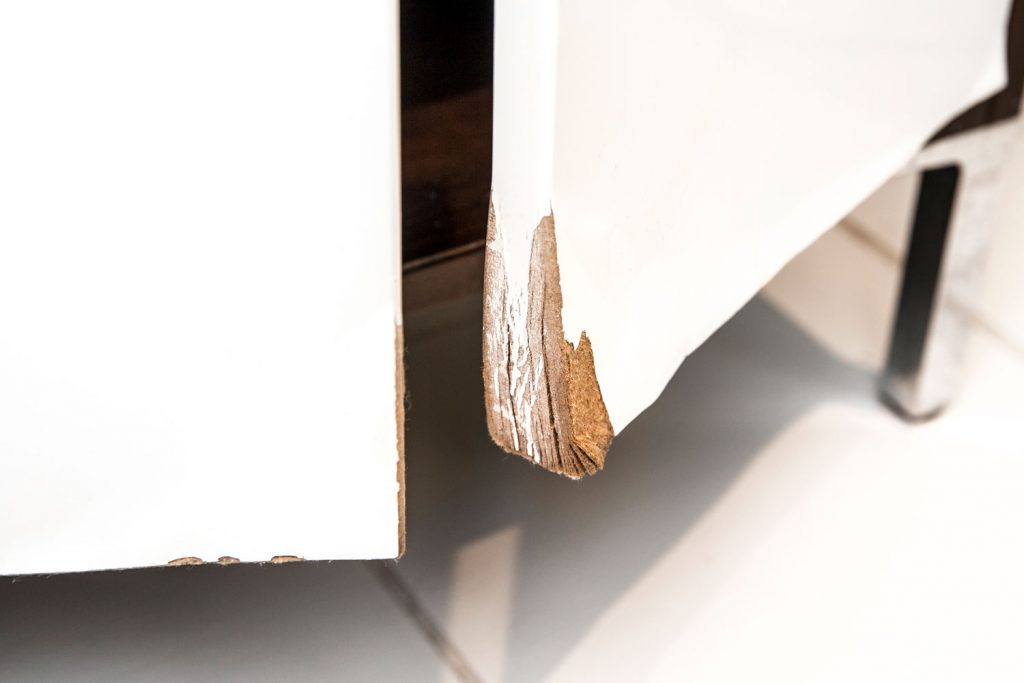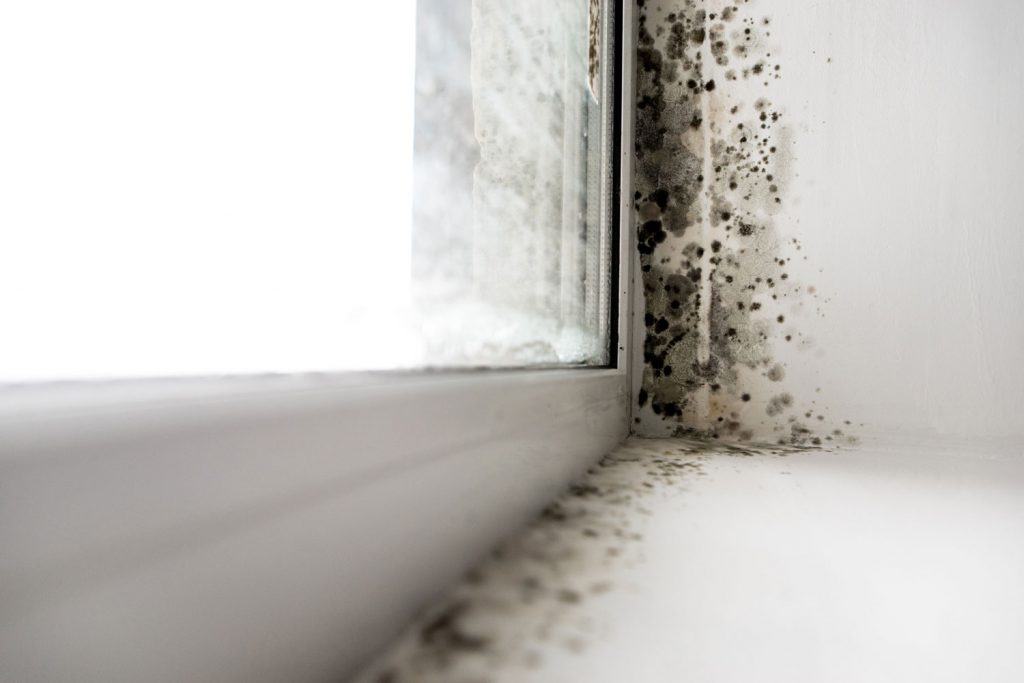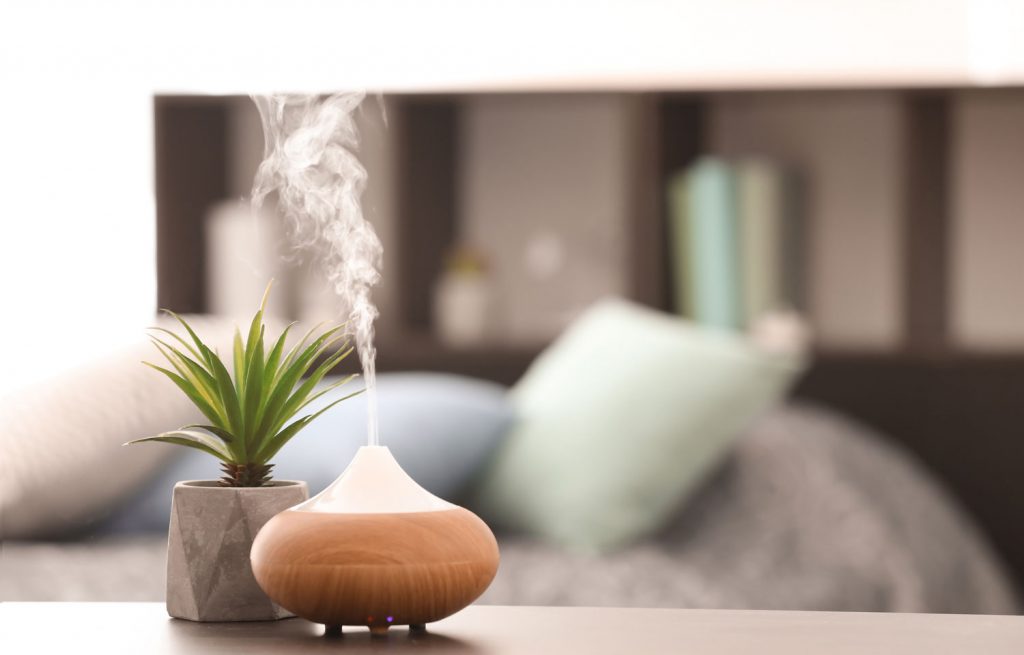Most humidifiers release a fairly light spray of water as they put moisture into the air. It's light, but still visible to the eye. So it's a natural question to ask - do humidifiers cause damage to items like furniture? What about wood, which is especially moisture-sensitive? We've checked with furniture and flooring experts for their take.
Humidifiers do require special care to make sure that they don't damage other furniture or materials in the room. While it's not likely to be caused by the humidifier running normally, unusually high or low humidity levels can be hard on wood. You should also take precautions against the humidifier leaking.
Read further to learn more. We'll explain why you probably don't want the humidifier on a wooden table, and what to do if you have nowhere else to put it.
We'll explain why high - and low - humidity levels are bad, and how to protect your wooden furniture from high humidity. Then we'll cover why your humidifier might be spreading mold around the house (another source of damage!) and what to do to prevent it.
![Composition with modern essential oil diffuser on table against blue background, Do Humidifiers Damage Furniture? [Especially Wood]](https://hvacseer.com/wp-content/uploads/2021/12/Do-Humidifiers-Damage-Furniture-Especially-Wood.png)
Can I Put A Humidifier On A Wooden Table?

What Happens To Wood In High Humidity?

How Do You Protect Wooden Furniture From Humidity?
Can Humidifiers Cause Mold?

- If humidity levels aren't monitored and kept at a healthy level, this can encourage the growth of mold. Mold spreads and grows quickly in the overly damp air.
- Within the humidifier itself, mold can grow if it isn't cleaned out regularly. Bacteria and mold spores can be released through the mist, which is especially troubling for people with allergies. If your humidifier has a filter, that may also grow mold as well - and start to smell.
To avoid this problem, rinse and refill your humidifier daily. Don't let water sit in the tank - if you aren't going to use it that day, dump the water out until you need it again. And don't let the humidifier sit in direct sunlight, where it may grow algae.
Once a week, give it a good cleaning and disinfecting. Wipe everything down. Clean it with white vinegar to remove any mineral build-up. Then disinfect with a diluted bleach solution. Check your manual for specific instructions, and always follow the recommendations of the manufacturer.
Is Low Humidity Bad For Hardwood Floors?

We've covered many reasons why high humidity can wreak havoc. So you might be thinking, "Well, I'll just keep the humidity low then, and not risk it."
Unfortunately, that's just as much trouble. Low humidity is just as bad for wood, like your hardwood floors. High humidity causes swelling, but low humidity results in shrinking. Neither situation is ideal, and both can potentially cause permanent damage.
Wood can also dry out, which can cause it to weaken or fracture. It can damage the finish on wooden surfaces such as floors.
Low humidity can cause health concerns, as well. High humidity can cause mold to grow, but low levels let viruses and germs thrive. The mucus membranes that protect you from those germs are also less effective when they're dried out, making you susceptible to infections.
In addition, you may suffer from chronic dry skin, an irritated throat, and eczema, among other conditions. Low humidity is no better for you than high humidity, unfortunately. While it's a bit more effort on your part, you really should just keep an eye on the daily levels and make sure they remain between 30-50%.
In Conclusion...

Humidifiers are necessary for many homes in the winter. Low humidity levels are a cause for concern. Not only are they uncomfortable and unhealthy, but they can damage wood in the home.
However, use your humidifier carefully. Keep an eye on the humidity levels with a hygrometer, as levels being too high is also bad. High levels can cause mold and bacteria to spread and are still damaging to wooden surfaces.
Clean and disinfect your humidifier at least once a week. Rinse and refill it daily. Try to place it off the floor, on a flat surface. It's better to avoid wood, or at least use a waterproof cover as well. With just a little effort, you can keep your indoor space at the ideal humidity, and comfort, all winter long!



